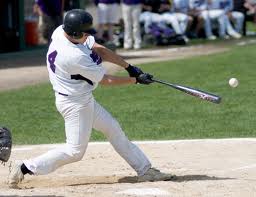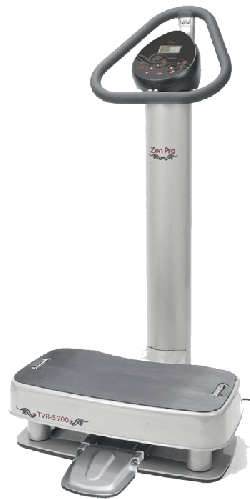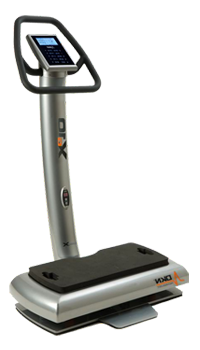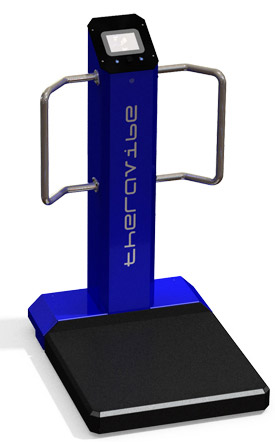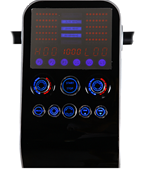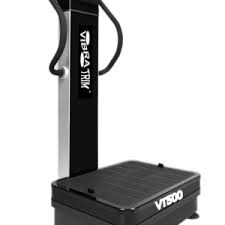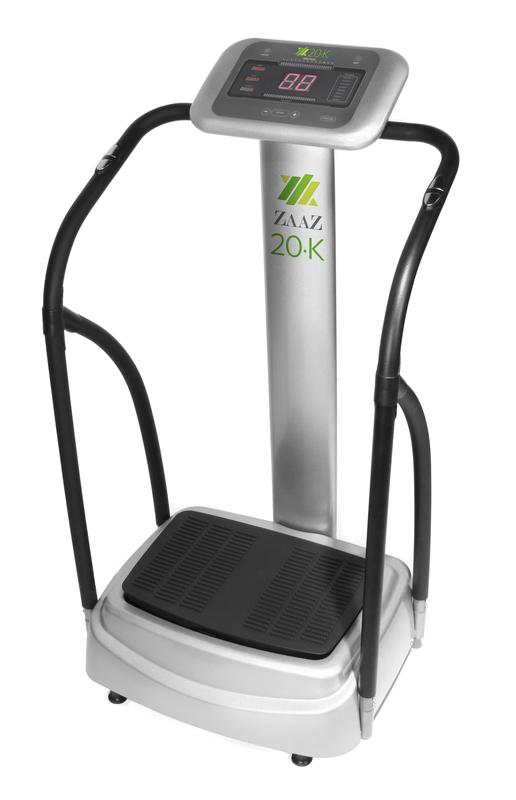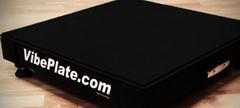A PUSH IS WHEN the G force is spread out throughout the entire acceleration to the top amplitude.
A pop is when most of the force pushes you at the very beginning of the acceleration and the plate is air born, similar to a ball being hit by a bat and it keeps going higher and higher even though there is no more force being applied to it.
Measureing pop using machines going up to 10mm high.
1. Pop from 0 to 1 mm. It would be like jumping directly on concrete from a foot high with your bare heels. Total body shock. No machines give this
2. Pop from 1 to 3 mm. you get maximum G force. It has just enough pop but not so much push. Typically on a 27 inch plate
3. pop from 1 to 5 mm, most of the ballistic impact has been removed, usually on a 23 inch plate.
4. Pop from 1 to 10 mm, this is typical of the cheapest machines on the market that have very little power. Although they can move at the same speeds as more powerful models, you just don't feel any pop and you feel like you are just being pushed up and down. Hardly any G force at 5 hertz but most of these have plates 21 to 22 inches and most of these start out at 10 hertz and are not powerful enough to hit 5 hertz. These usually sell for under 700. All the models that cost under 300 I have tested fit in this range.
tell example of pushing someone on a swing versus popping someone.
A 1.5 motor will give a different push/pop feel than a 2 hp motor just as a dc motor that is 2hp gives a different feel than a 2hp ac motor. By knowing what to expect you won't buy the wrong machine.
Example: At 5 hertz, on the tippy edge, your feet should be rooted to the plate without popping you and becoming airborne. The plate has a more pushing feel and stays with you. If trying to get 2.8 G forces on a shorter plate, the speed has to go to around 9 hertz per second to get close to 2.8 G force.
If you have any questions about getting the right type of vibration or the right size plate, make contact.
Some machines feel more like a pop and others more like a push. If you can imagine, a pitcher throwing a ball at 50 mph and a bat hitting a ball at 50 mph. They both have the same speed but using difference forces. Or, if on a swing, imagine being pushed really hard versus someone pulling you back and then as you were being pushed they ran forward with you giving you a more "push" rather than a "pop". It is good to know this before you buy a vibration machine. Depending on your back, your knees, and tolerance to ballistic impact, most people usually prefer one to the other.
Push/Pop
- PowerVibe - VMaxFitness - DKN - Turbo Sonic - VIBEPLATE - TheraVibe - HyperGravity - VibraTrim - FitVibe - WAVE - HYPERVIBE - ZAAZ - VIVOVIBE
LymphaticVibration.com
We're Open Now
1-888-439-8986
Ask for Sharon
1-888-439-8986
We're Open Now
Ask for Jake
